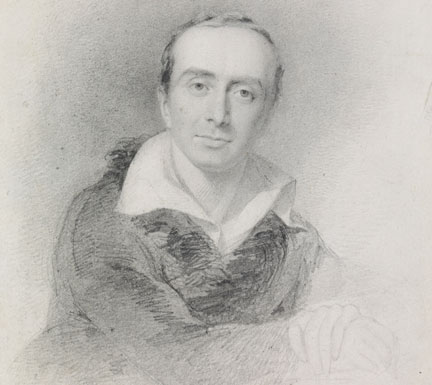A new exhibition at London’s National Gallery is dedicated to the art and
science of how to spot the real thing.
This exhibition illuminates the life and work of the Gallery’s first director, Sir Charles Lock Eastlake (1793–1865), a man described by one contemporary as ‘the Alpha and Omega’ of the Victorian art world.
About Charles Eastlake
Eastlake was trained as an historical painter and initially had ambitions to revivify the English school of painting. Having spent his formative years in Rome, where he developed ideas about
He first made his mark as a painter of genre scenes, idealising portraits and religious subjects. He was elected President of the Royal Academy in 1850, and helped modernise the institution.
Yet Eastlake’s most important contributions came as a writer, translating and editing seminal art-historical texts, and as an arts administrator, in which capacity he rose to become Director of the National Gallery from 1855 to 1865.

© By Courtesy of the National Portrait Gallery, London
At the National Gallery
During his time at the National Gallery, Eastlake transformed the way the Gallery was run. He also established policies for the acquisition and display of paintings, many of which are still in place today.
His purchase of an astonishing 139 masterpieces, mostly acquired during his annual continental tours, include some of the Gallery’s best-loved Italian Renaissance pictures, such as Uccello’s Battle of San Romano and Giovanni Bellini’s Madonna of the Meadow. The exhibition features material from the National Gallery’s archive shown alongside some of Eastlake’s key acquisitions for the collection.
New Eastlake publications
‘Art for the Nation‘ coincides with the publication of Eastlake’s travel notebooks, along with a biography of Eastlake and his wife by Dr Susanna Avery-Quash, Research Curator in the History of Collecting at the National Gallery, and Dr Julie Sheldon, Reader in Art History at Liverpool John Moores University.
沒有留言:
張貼留言